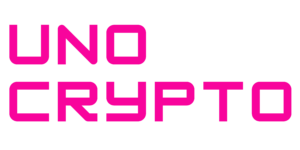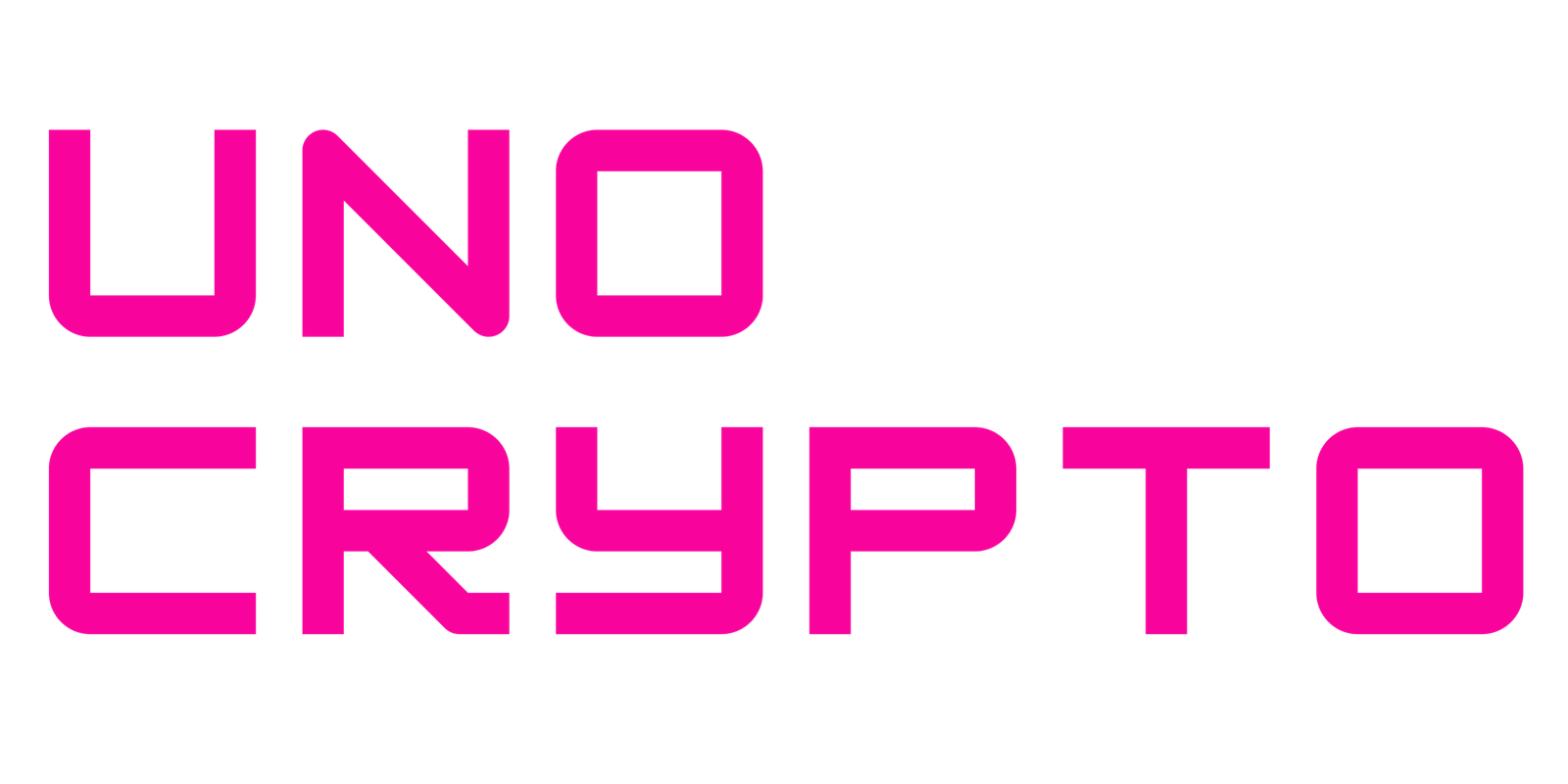One year since its inception, ConsenSys and Infura are transforming web3 connectivity with their Decentralized Infrastructure Network (DIN), which now supports requests on over a dozen blockchain networks.
At the 2024 DevCon conference in Bangkok, DIN announced its transition to become an EigenLayer Actively Validated Service (AVS), further advancing decentralized infrastructure while leveraging Ethereum’s economic security.
A New Era for Web3 Infrastructure
DIN operates as a decentralized API marketplace, making web3 networks scalable, reliable, and efficient for developers. With networks like Blast L2, Mantle, Starknet, ZKsync, BNB Smart Chain (BSC), opBNB, and Scroll now decentralized through DIN, developers are empowered to innovate and expand.
The decision to launch DIN as an AVS through EigenLayer marks a critical milestone. By leveraging EigenLayer’s restaking protocol, DIN gains robust security through staked ETH, ensuring reliability and reducing costs for web3 builders. This integration also allows DIN to expand its range of supported services while strengthening Ethereum’s ecosystem.
Progress and Impact of DIN
DIN has quickly gained traction since its initial launch. Of the 50 providers tested, over 40 have been successfully evaluated, with more than a quarter actively serving traffic. This progress underscores DIN’s commitment to decentralization as it transitions toward a permissionless marketplace and service discovery platform for web3.
“We see this as a significant milestone in building DIN on-chain,” said Tom Hay, head of product for Infura DIN. “By leaning on Ethereum’s economic security through EigenLayer, we continue to advance DIN’s progress in creating a permissionless marketplace for web3 infrastructure services.”
DIN fosters collaboration and competition among providers, which drives down costs and enhances access to decentralized web3 gateways. Through collaboration on core components like routing, infrastructure kits, and payments, DIN is positioning itself as a key enabler for emerging blockchain networks.
Leveraging Ethereum’s Security Through EigenLayer
EigenLayer, an Ethereum restaking protocol, allows validators to earn additional rewards by supporting off-chain operations. By integrating with EigenLayer, DIN ensures slashing protection and staking security without requiring early token launches for projects.
“Building DIN as an EigenLayer AVS enables permissionless infrastructure provision, thereby scaling the marketplace, improving reliability, and reducing costs,” said Sreeram Kannan, founder of EigenLayer.
In 2024, the EigenLayer protocol experienced tremendous growth, with total value locked (TVL) reaching $13.4 billion, a 900% increase according to DeFiLlama. This surge underscores the potential of restaking as a foundation for scalable and secure decentralized services.
Why DIN Matters for Web3 Development
DIN’s decentralized model bridges gaps in web3 infrastructure, offering developers cost-effective and reliable solutions for connecting to multiple blockchain networks. It empowers providers to compete and collaborate, fostering innovation and ensuring end-users benefit from improved access and functionality.
As the demand for decentralized infrastructure grows, DIN’s integration with EigenLayer places it at the forefront of web3 evolution. By leveraging Ethereum’s robust security and expanding its service offerings, DIN is set to drive significant advancements in decentralized application development and blockchain scalability.


